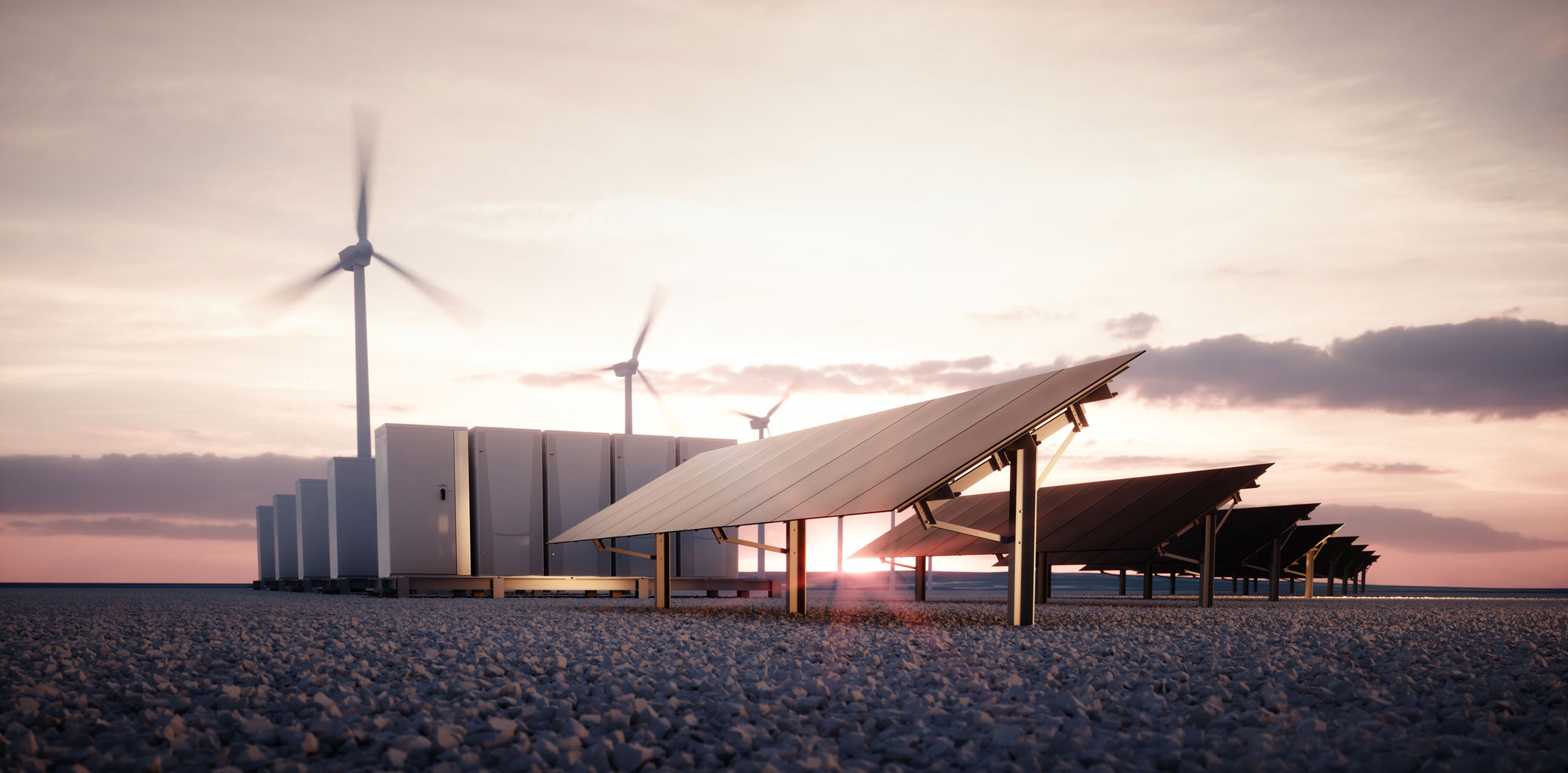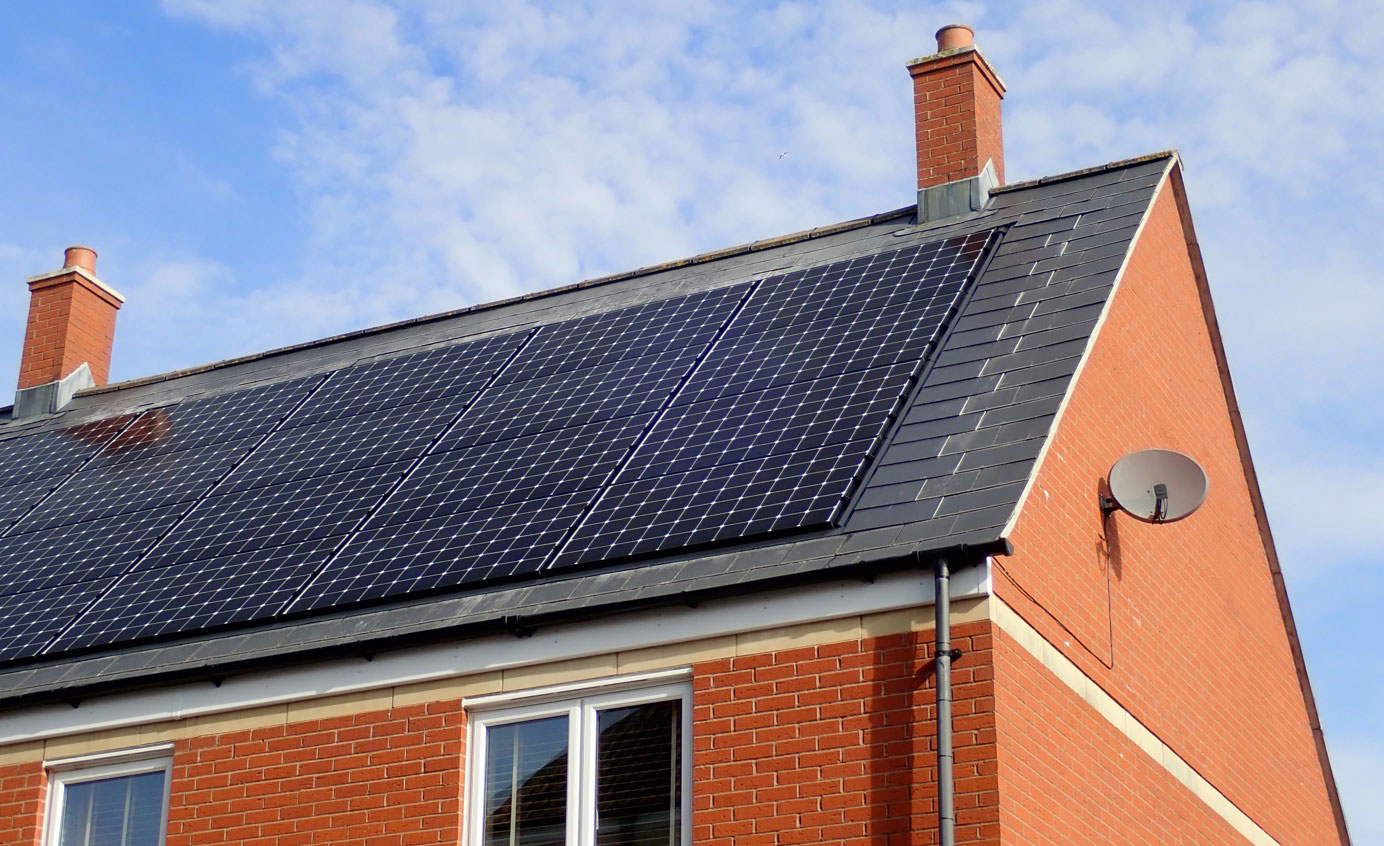Advancements in Solar Panel Efficiency
Solar energy has emerged as a crucial player in the transition towards a sustainable and renewable energy future. Over the years, significant advancements have been made in enhancing the efficiency of solar panels, making them more accessible and cost-effective. This article explores key innovations in solar panel technology that are revolutionizing the energy landscape, allowing for increased efficiency, lower costs, and reduced environmental impact.
Sophisticated Inverters
In the early days of solar energy, using solar panels for domestic use and selling excess electricity back to the grid was a challenge. The limitations stemmed from the lack of sophisticated inverters. However, recent advancements in inverter technology have paved the way for a significant shift in how we harness solar power.
Sophisticated inverters now enable efficient energy conversion, making it easier to use solar energy within homes and businesses. Regardless of the size of the solar panel array, these advanced inverters maximize the benefits of solar power. This development has removed previous constraints related to the area required for solar panels, providing a flexible and scalable solution for solar energy generation.
Perovskite Solar Cells: A Game-Changer in Efficiency and Cost Reduction
One of the most promising innovations in solar panel technology is the emergence of perovskite solar cells. These advanced solar cells offer a compelling solution to the challenges faced by traditional silicon-based panels. Perovskite solar cells exhibit the potential for significantly higher efficiency, reduced production costs, and minimized waste.
The cost of producing solar panels has drastically decreased since the introduction of silicon-based technology in the 1980s. With perovskite solar cells, we are poised to witness another revolution in cost reduction. These cells have the potential to be manufactured at a fraction of the cost of traditional panels, making solar energy more affordable and accessible to a broader audience.
In terms of efficiency, perovskite solar cells are pushing the boundaries of what is achievable. Currently, the highest efficiency perovskite-silicon solar cell stands at 33.2%. However, experts anticipate that perovskite-silicon solar modules could theoretically reach efficiency levels into the high 30s and even the 40s with the addition of a third layer.
Furthermore, concerns about the operational lifetime of perovskite solar cells are being addressed through rigorous laboratory testing. These cells have demonstrated remarkable durability, with some products lasting through 1,000 hours of accelerated testing while maintaining commercially acceptable degradation levels.
Major investments from industry leaders, such as Hanwha, in building manufacturing lines for perovskite solar cells signal a substantial shift in the solar energy landscape. As these technologies mature, we can expect a profound transformation in the financial models of solar energy, leading to a significant drop in the price of solar electricity. A reduction by half or more in the cost of solar electricity is on the horizon, making renewable energy an even more attractive option.
Solar Leaves
Researchers from Imperial College London have introduced an exciting breakthrough in solar technology known as “solar leaves.” These innovative structures have the potential to outshine traditional solar panels, opening up new possibilities for next-generation renewable solutions.
Solar leaves are designed to mimic the efficiency of natural photosynthesis, allowing them to capture sunlight and convert it into usable energy more effectively than traditional panels. This ground-breaking approach not only increases energy generation but also reduces the space required for installation.
In addition to their efficiency, solar leaves offer aesthetic benefits and flexibility in integration. They can be seamlessly incorporated into urban environments, rooftops, and even architectural designs, providing an unobtrusive and visually appealing solution for renewable energy generation.
Further noteworthy developments
- Bifacial Solar Panels are designed to capture sunlight from both the front and rear sides of the panel, increasing energy generation. These panels are particularly effective in settings where sunlight is reflected off surfaces like water or snow. Bifacial panels can significantly enhance overall system efficiency, making them a popular choice for certain installations.
- Tandem Solar Cells consist of multiple layers of solar cell materials stacked on top of each other. Each layer absorbs a different portion of the solar spectrum, resulting in higher efficiency. Tandem solar cells are currently being developed to achieve greater power conversion efficiency and are a promising avenue for improving the overall performance of solar panels.
- Flexible and Lightweight Solar Panels – Traditional solar panels are rigid and heavy, limiting their applications. Recent advancements in materials and manufacturing techniques have led to the development of flexible and lightweight solar panels. These panels are ideal for unconventional installations, such as on curved surfaces or lightweight structures like tents and backpacks, expanding the possibilities for solar energy utilization.
- Concentrated Photovoltaics (CPV) systems use lenses or mirrors to concentrate sunlight onto small, highly efficient solar cells. This concentration increases the amount of sunlight that each cell receives, resulting in improved efficiency. CPV technology is especially suited for regions with abundant direct sunlight and has the potential to achieve high conversion efficiencies.
These additional advancements in solar panel efficiency contribute to the ongoing evolution of solar technology, offering solutions that cater to various environmental conditions and applications. As research and development in the solar industry continue, we can anticipate further breakthroughs that will drive the efficiency and accessibility of solar energy even further.
Advancements in solar panel efficiency are propelling us toward a future powered by cleaner, more sustainable energy sources. With sophisticated inverters, perovskite solar cells, and innovative technologies like solar leaves, we are witnessing a transformative shift in the solar energy landscape. These innovations promise higher efficiency, lower costs, and reduced environmental impact, making renewable energy an increasingly accessible and attractive option for a wide range of applications. As we continue to invest in and develop these technologies, the benefits for our planet and future generations are poised to be substantial, paving the way for a greener and more sustainable world.




